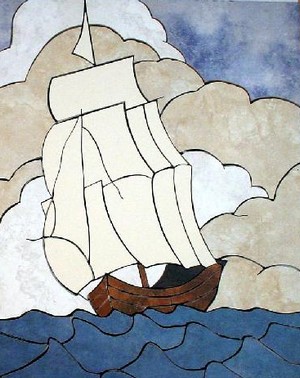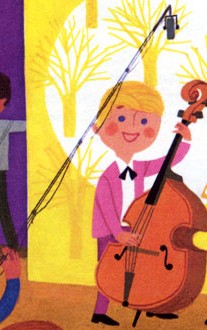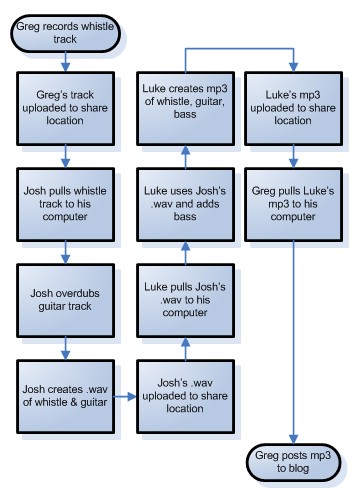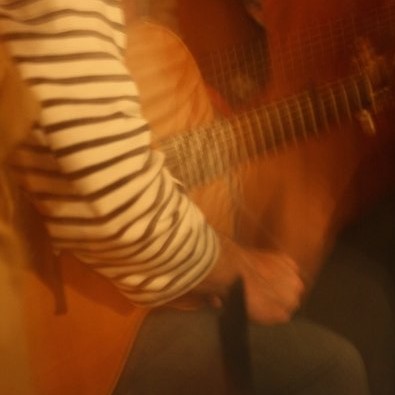 new music
new music
Growing a Tune: Crashing

The other day Luke summonsed me into his office. He had been working feverishly on a new version of The Marlin Spike with both of Josh’s new guitar parts. Once in his office he had me put the cans on to take a listen. But before doing so, he prefaced my first listen with his impressions of the tune.
The tune, as he described, made him think of an old ship, sails full of wind making headway through the vast ocean. He could hear the waves crashing against the sides of the ship. He could imagine the sound the ship would make as it pitched up and over the swells of the sea. And with that he decided to add some percussion. I listened. His descriptions came to life. As the tune ended and I was reaching to pull the phones off, I started to say that I didn’t want it to end. Then I noticed a gleam in his eye, he raised one finger and said, ‘wait’…
The thing I love about this recording is that it has taken turns that I couldn’t or wouldn’t have done on my own. Luke does not come to this recording with the shackles of how percussion or bass is supposed to sound in Celtic music. It is just not part of his musical background. This is new material for him. Consequently, he, unknowingly, breaks some traditional rules and adds a new dimension, an entirely appealing dimension, to the music…and that is exciting.
The Marlin Spike (crashing) by baconworks


